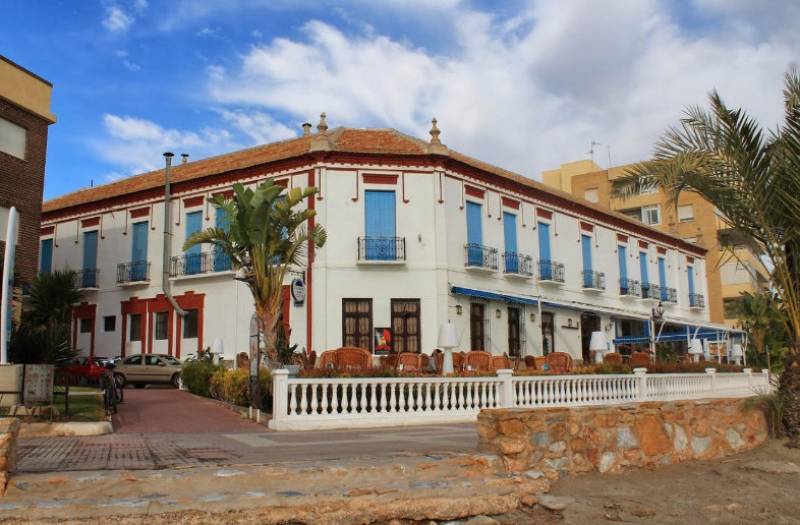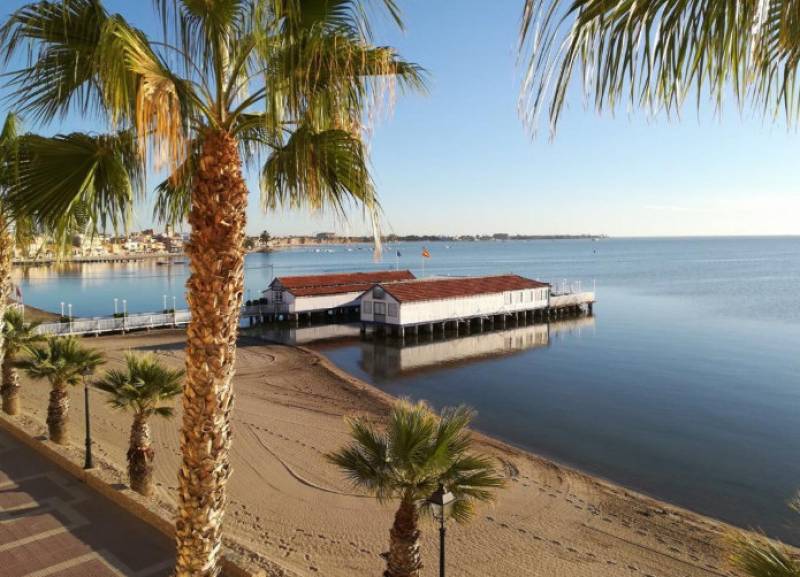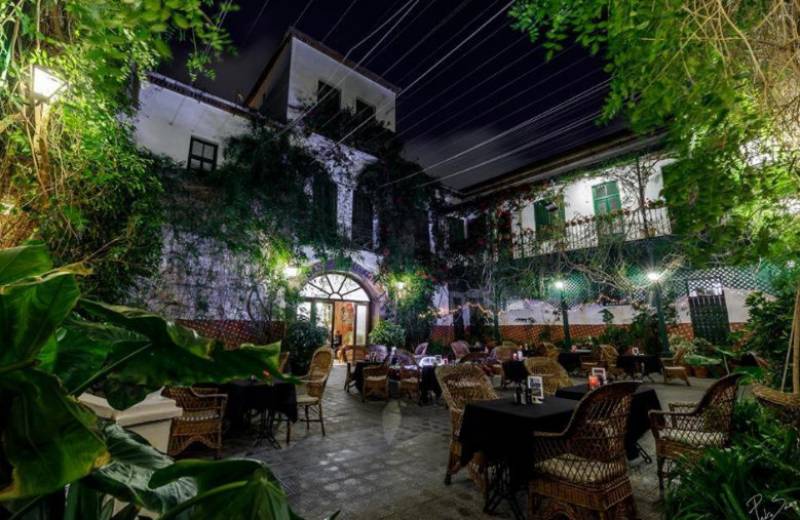

Guidelines for submitting articles to Los Alcazares Today
Hello, and thank you for choosing Los Alcazares.Today to publicise your organisation’s info or event.
Los Alcazares Today is a website set up by Murcia Today specifically for residents of the urbanisation in Southwest Murcia, providing news and information on what’s happening in the local area, which is the largest English-speaking expat area in the Region of Murcia.
When submitting text to be included on Los Alcazares Today, please abide by the following guidelines so we can upload your article as swiftly as possible:
Send an email to editor@spaintodayonline.com or contact@murciatoday.com
Attach the information in a Word Document or Google Doc
Include all relevant points, including:
Who is the organisation running the event?
Where is it happening?
When?
How much does it cost?
Is it necessary to book beforehand, or can people just show up on the day?
…but try not to exceed 300 words
Also attach a photo to illustrate your article, no more than 100kb

The Hotel-Balneario de la Encarnación in Los Alcázares
Built in 1904 on the seafront of Los Alcázares, this is the oldest hotel still welcoming guests in the Costa Cálida
 The history of the bathing in thermal water in Los Alcázares goes back to the Roman and Moorish eras, when among the privileges of the upper classes was the opportunity to benefit from the therapeutic qualities of the Mar Menor. It was this which actually gave rise to the beginnings of what has now become the town and municipality of Los Alcázares.
The history of the bathing in thermal water in Los Alcázares goes back to the Roman and Moorish eras, when among the privileges of the upper classes was the opportunity to benefit from the therapeutic qualities of the Mar Menor. It was this which actually gave rise to the beginnings of what has now become the town and municipality of Los Alcázares.
Many centuries have passed since those days, of course, but therapeutic bathing still plays an important part in the popularity of Los Alcázares and the Mar Menor, and although it now often masquerades under the rather grander name of thalassotherapy it is essentially the same as the experience enjoyed by visitors in ancient and medieval times.
In the modern era, the real boom of Los Alcázares and the Mar Menor began in the late 19th century, when the area again started to welcome numerous guests throughout the summer, not only from the inland areas of Murcia but also from all over Spain. These early tourists included many members of the aristocracy, joining agricultural labourers in benefitting from their annual “novenario”, which consisted of at least nine dips in the sea.
 For the least adventurous, this was substituted by pumping water from the Mar Menor into the marble baths of the Hotel La Encarnacíon, where it could be warmed (if necessary) to the required temperature!
For the least adventurous, this was substituted by pumping water from the Mar Menor into the marble baths of the Hotel La Encarnacíon, where it could be warmed (if necessary) to the required temperature!
The growth tourism sector coincided with a startling increase in commercial and fishing activity, in turn leading to a great increase in the population, and it was against this backdrop that the Balneario La Encarnación was built in 1904. The project was financed by Alfonso Carrión Belmonte, after whom the seafront promenade is now named, and it represented a pioneering development in tourism in the area, enjoying huge success among modest bathers keen to get into and out of the water without suffering the indignity of being seen by members of the general public!
Among the guests in this period were King Alfonso XIII (in 1924) and the Infante de Orleans, and guests were also welcome in the magnificent sailing club which was unfortunately destroyed by a fierce storm in December 1949.
 After the Spanish Civil War (1936-39) it was home for a while to the Russian officers who collaborated with the government of the Second Republic, and since then it has been the focal point for many of the institutional and cultural activities held in the municipality. On 13th October 1983 it was the venue for the first full session of the Town Council of Los Alcázares.
After the Spanish Civil War (1936-39) it was home for a while to the Russian officers who collaborated with the government of the Second Republic, and since then it has been the focal point for many of the institutional and cultural activities held in the municipality. On 13th October 1983 it was the venue for the first full session of the Town Council of Los Alcázares.
The hotel alongside the bathing station remains open today, making it the oldest hotel still running in the Region of Murcia. Apart from welcoming guests all year round, it is an extremely popular venue for afternoon coffees or drinks on the terrace, where winter sunshine is the norm in the warm climate of the Costa Cálida.
The hotel was also the location for the film Garden of Eden, starring Richard E Grant, in which its authentically nostalgic atmosphere became the setting for the action taking place in the French Riviera.
The building still maintains its original façade, with balconies overlooking the sea and a spectacular interior patio area, with Andalucian tiling, The thermal bathing area still remains, with its marble fittings and the original taps!
























